Most households on Hon Chuoi Island (Tran Van Thoi District, Ca Mau Province) own two temporary houses at the foot of different rocky reefs, moving twice a year according to the wind blowing season.

Hon Chuoi (Tran Van Thoi district, Ca Mau) is 32 km from the mainland, one of the important outpost islands in the southwest of the country. The highest point above sea level is nearly 170 m, the island has a steep slope, little rain, a lot of sunshine, and two seasons a year: the northeast and south monsoons.

The island is surrounded by rocky cliffs, big waves and strong winds. Soldiers and civilians travel mainly by boat.
On the island, in addition to 70 households, there are also armed forces stationed, such as Radar Station 615 (Regiment 551 of Naval Region 5), Border Guard Station 704 of the Ca Mau Provincial Border Guard; an engineering unit and a lighthouse station of the transport sector.

From the rapids, people who want to go to the center of the island must climb more than 300 steep stone steps. Traveling during the dry season is less dangerous, but during the rainy season, water rushes down, causing many sections to erode and must be regularly reinforced.
On January 15-20, the Naval Region 5 Command and representatives of southern provinces and cities visited, presented gifts and wished a Happy New Year to the soldiers and people of the southwestern islands. Hon Chuoi was the third destination in the nearly 600 km journey.

The island has nearly 200 inhabitants, mainly raising cobia in cages at sea, catching seafood, and selling groceries. The people gather at the foot of the rapids, building temporary houses "clinging" to the cliffs.
Two distinct wind seasons blow through Hon Chuoi, the southwest wind from April to September and the northeast monsoon (monsoon wind) from October to March. The rocky reefs are named after the wind seasons: south reef, south reef and south reef.
Most families on the island build two houses on different reefs, moving every six months to avoid the monsoon. In March, when the seasons change, they move to the reef to avoid the southwest monsoon, and the other half of the year they move to the south reef to avoid the monsoon. Each time people move, the navy, border guards, and lighthouse station come down to help reinforce the houses and transport belongings.

"There were years when the windy season was over, I returned to the reef and saw that there were still a few remaining poles of my house that had not been blown away," said Ms. Bui Phuong Thi, who has lived on the island for 19 years. "I got used to it."
The woman from Cai Doi Vam (Phu Tan district) became a bride on the island in 2005. She sells groceries at the foot of the rapids for passing boats, while her husband raises cobia in cages. In a year with favorable weather, a crop of cobia raised in 11 months brings the family an income of about 50 million VND.

Basil and a bunch of green onions in an old bucket were the only plants Thi could grow while living on the cliff. She piled up a little soil, leaving two-thirds of the plant in the bucket to protect it from the sun and wind.

Where internet and electronic devices are limited, children growing up on the island sometimes make their own games from cans while their parents go back and forth doing business, fishing on boats, or raising fish in cages.

The island has no medical station or national school system. The only class on the island, from Grades One to Seven, is taught together by Major Tran Binh Phuc, Deputy Head of Mass Mobilization at Hon Chuoi Border Guard Station.
The teacher volunteered to open the class in 2009 when he saw children not going to school but following their parents to carry boxes of goods up the mountain to earn a living or go fishing on boats. The class in the early days consisted of only a few old tables and chairs, which were later reinforced with contributions from various sources.

Each grade has several students sitting facing different directions. The board is divided in two, one side teaches Vietnamese to the third graders, the other side teaches math to the second graders. The teacher below the podium rotates, holding the hands of the younger students to help them write the letters, then turns to test the math of the older students.

Dao Thi Yen Nhi (right), grade three, has two older siblings, grades eight and ten, who have both left the island to continue their studies on the mainland. Nhi does not know what career she will pursue in the future, but always hopes to leave the island to further her studies. The other students, some want to be teachers, some hope to be doctors to treat patients, or do not know what they will do, but always remember what teacher Phuc said, "study hard to change your life."

Over the past 15 years, the green uniformed teacher's class has welcomed a total of 45 students. 20 of them have gone to the mainland to continue their eighth grade studies, and four have gone to university. All children on the island have come of age to attend classes, completely solving the problem of illiteracy. The charity class on Hon Chuoi Island has been recognized as a school in the educational system of Song Doc town.
Hoang Phuong - Vnexpress.net
Source link






![[Photo] Binh Trieu 1 Bridge has been completed, raised by 1.1m, and will open to traffic at the end of November.](https://vphoto.vietnam.vn/thumb/1200x675/vietnam/resource/IMAGE/2025/10/2/a6549e2a3b5848a1ba76a1ded6141fae)
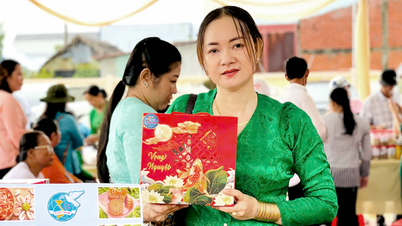


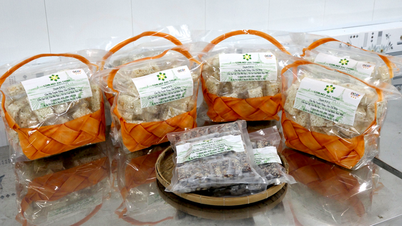


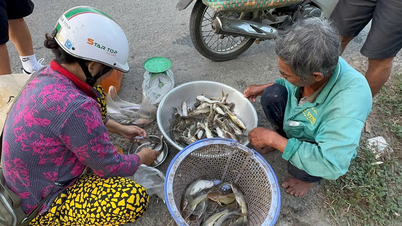

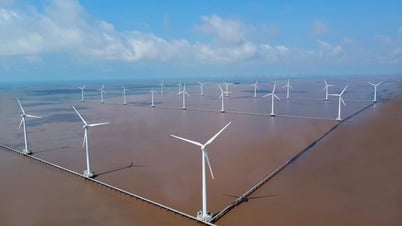





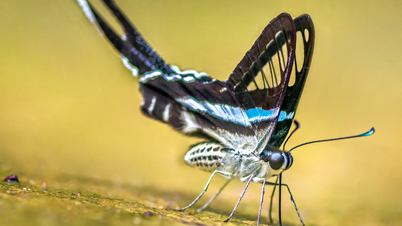
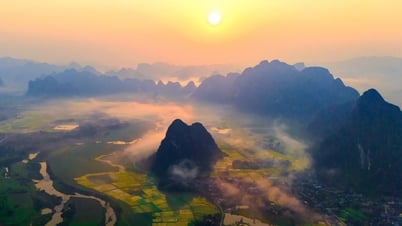
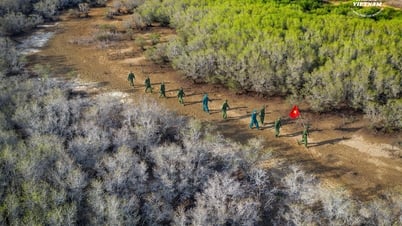
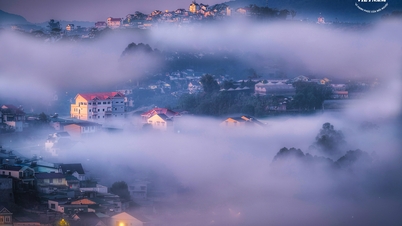


























































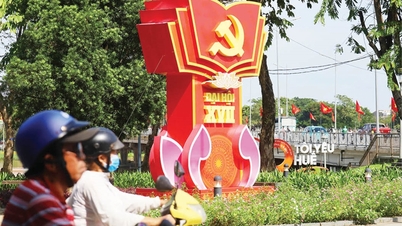



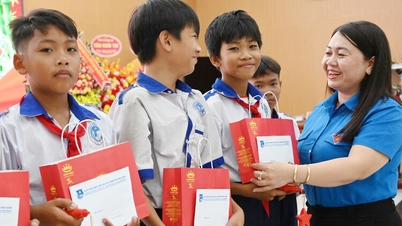

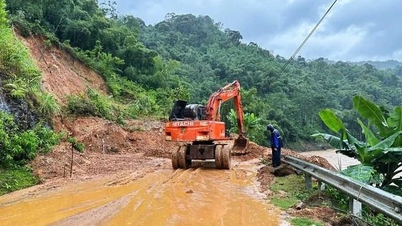

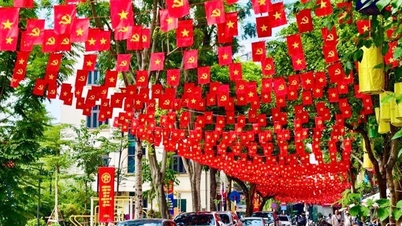
















Comment (0)